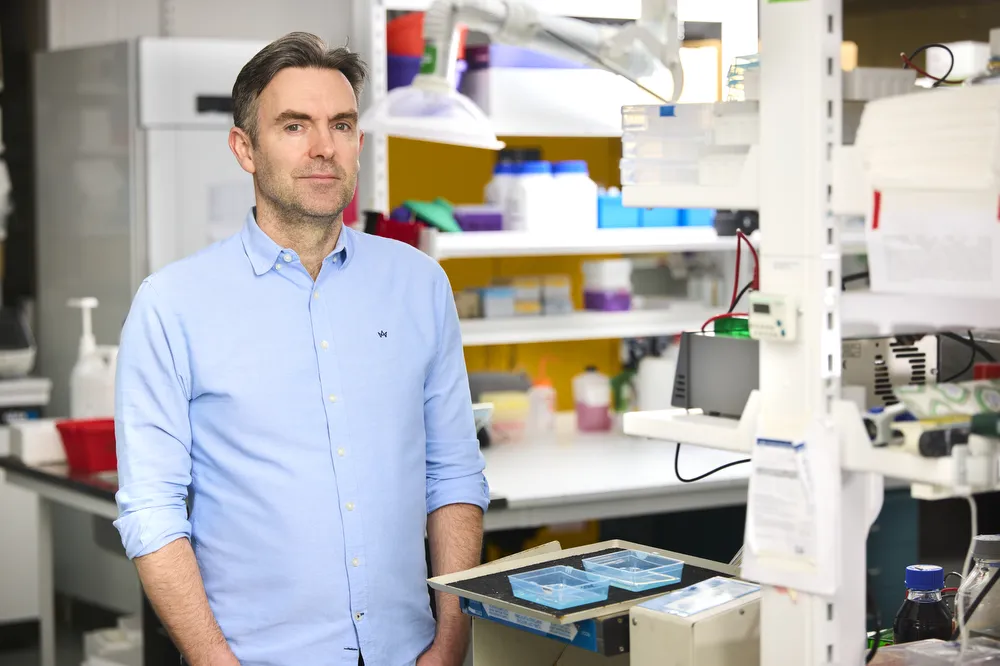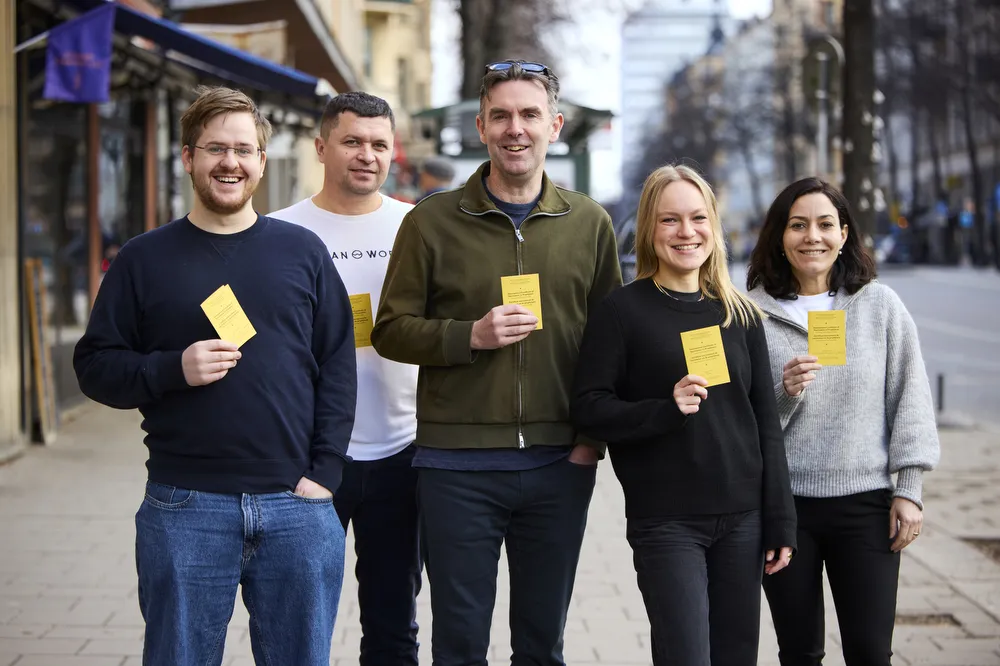They are among the first in Sweden to be vaccinated against the chikungunya virus - a vaccine that is the result of a discovery from their own laboratory.
"The whole research team decided to go and get the vaccine together, a bit like a happening. It was a special experience"' says Gerald McInerney , Professor of Molecular Virology at KI.

The KI researchers got vaccinated because they need the protection against the disease in their continued work with the virus in the laboratory. This is a vaccine that Swedes usually take when travelling to countries that have an outbreak of chikungunya, a disease spread by mosquitoes in tropical and subtropical countries in Central and South America, Africa and Asia.
Chikungunya means "to be contorted" in Makonde, a language spoken in Tanzania, the country where the very first outbreak occurred. The disease is rarely fatal, but is not curable, and can cause joint pain so severe that sufferers are unable to straighten their backs. In low-income countries, Chikungunya has hit communities hard. A man or woman severely ill with chikungunya cannot work and support their family.
Discovered during basic research
The vaccine against the virus was developed following a discovery by Peter Liljeström, Professor Emeritus of Infectious Disease Control at KI. The discovery was made during a basic research project aimed at understanding the functions and structures of the chikungunya virus.

"We used our knowledge of viral genetics and selected parts of the virus genome that we suspected might be important. Then we removed those parts and studied the different mutated virus variants we obtained", says Peter Liljeström.
One of the variants turned out to retain the virus's ability to recreate itself, to replicate, but without causing disease. Perfect conditions for creating a vaccine.
"A vaccine must have the ability to stimulate the immune system without itself causing an infection. It was also very important to establish that the mutated virus remained stable and could not be reversed back into an active virus", Liljeström continues.
The new vaccine was tested in a large European inter-laboratory collaboration and was shown to provide effective protection against chikungunya infection.
Top marks in review of the quality
Since December 2024, the vaccine has been available in Sweden for travellers visiting tropical areas where the virus occurs. The company selling the vaccine has received support of the international organisation CEPI, with the condition that low-income countries should have access to the vaccine at a lower price in the event of a chikungunya outbreak.
The Swedish Research Council has given the research at KI top marks in a review of the quality and societal benefit of preclinical medical research at Swedish universities.
"It feels great that our discovery became a vaccine! I've been doing research in immunology and infectious diseases to make people's lives better, and here I think I achieved my goal of being a KI professor", says Peter Liljeström, who is now retired but still active as a researcher.
Spreading northwards
Sporadic outbreaks of chikungunya have also occurred in the United States and southern Europe. Global warming is causing the mosquitoes to spread northwards. This is one of the reasons why it is important to continue studying the virus.
"We know that the mutated virus used in the vaccine works, but we don't know why. If we understand the mechanism, we may also be able to use this knowledge to create vaccines against other viruses", says Gerald McInerney.







